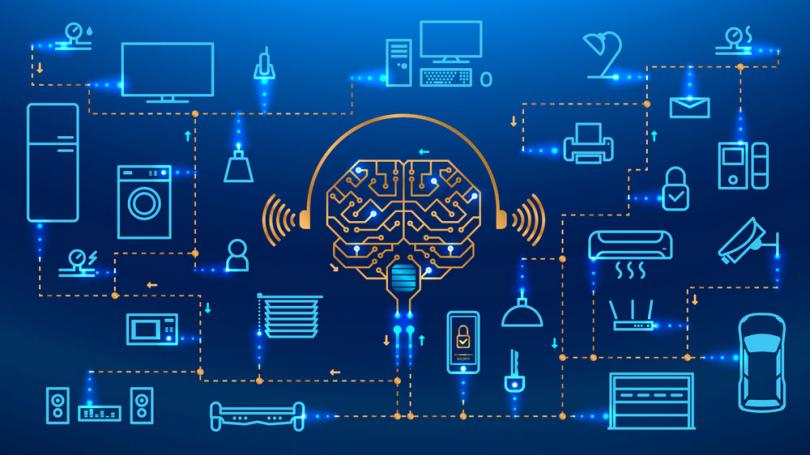In the pandemic period, cryptocurrency has created a distinct identity in the asset class. According to English NewsPaper, the two most popular cryptocurrencies at both the level of trading volume and market capitalization are Bitcoin and Ethereum. Since January, bitcoin prices have risen by around 141 percent, while ethereum prices have risen by over 250 percent. Both cryptocurrencies are at a three-year high. Cryptocurrency is digital storage of a quantity. These coins are digitally stored separately from physical currency (rupee, dollar, etc.) and are not operated by any central bank. A coin can be divided into several parts, and each part is defined by its unique code. The veracity of each cryptocurrency transaction is tested on the blockchain and it is seen whether the corresponding coin is available in the given wallet. It is also examined whether one coin was displayed in two transactions.
But cryptocurrency has its own risks. By Today Lucknow News Special Task Force arrested three people here for online and cryptocurrency fraud. Although the private and public keys related to the cryptocurrency wallet are different and use the SHA-256 encoding technology, your cryptocurrency is in danger if the hacker somehow finds your private key. Hence the risk in cryptocurrency transactions is also very high. Bitcoin is a very popular currency for cybercriminals, due to which its image continues to be questioned. However, one of the advantages of this is that if you remember private and public keys, then you can transact in cryptocurrency even without any electronic or physical records. Crypto is used quite a bit in common transactions. But they are quite useful for cross-border transactions. They facilitate cross-border transactions free of governmental controls while keeping transaction expenses to a minimum. Buying bitcoins in rupees and selling them in US dollars has become a common method of rupee-dollar exchange. Some nations, including large economies such as Japan and Korea, have allowed cryptocurrencies to be used as business transactions. At the same time, some countries have also banned them. In many countries, the legitimacy of cryptocurrency is in the gray area or they are being considered as tomorrow and commodity. Like any art, crypto may have little intrinsic value but may be priced too high depending on demand.

The Reserve Bank of India had imposed a banking ban on cryptocurrency transactions, which was lifted by the Supreme Court in March 2020 according to . One can transact cryptocurrency in Indian rupees on many exchanges. However, Latest India News is it is also possible that the cryptocurrency business may be banned again in the future through legislative action. If you trade in cryptocurrency then you should be prepared for it. Apart from regulatory and digital risk, volatile prices are also a concern. The daily price fluctuations in cryptocurrency are higher than those of stocks, derivatives, and foreign exchange. This is because any factor that affects the price is not fundamental. Their prices are fixed according to the demand and supply, in which the public sentiment created through news also contributes. Since the year 2015, there is a difference of more than 5 percent in the maximum and lowest prices of bitcoin on daily basis. The difference in cryptocurrency prices based on location is also seen. Therefore arbitrage is quite common on exchanges when there is a high price differential. Apart from this, the speed of verification of any transaction is slow at the moment. Blockchain verification of high-volume transactions currently takes a long time (a few minutes or a few hours). But this is less than the time (2-4 days) it takes for cross-border physical currency transactions.
Given all the risks, the question arises as to why transact in cryptocurrency? The potential return in cryptocurrency is quite high. Cryptocurrency has been highly profitable during times of crisis. In times of uncertainty, cryptocurrencies have been as effective as gold for investment.
In fact, after the 2008 subprime crisis, an unknown person or group of individuals named Satoshi Nakomote gave birth to the concept of bitcoin and during the global financial crisis of 2011-12, its expansion was accompanied by a sharp rise in prices. Cryptocurrencies prove to be profitable whenever the time comes for geopolitical tensions or financial turmoil. For example, there was a sharp jump in cryptocurrency prices after demonetization in India.
So will the global uncertainty continue in 2021?
It is much more likely that this will happen. Although there are reports about vaccine development, but vaccination of 7 billion people will take a long time. The global economy is in turmoil. Geopolitical crises are also visible such as Brexit, power transition in America, Syria, Ukraine vs Russia, Poland and Hungary vs EU, India-China, etc.
It may take about two years or more for the global economy to take its shape. Cryptocurrencies can provide net profit, although prices may fall moderately at times. If you are comfortable buying an artwork as an investment, then crypto can give higher returns with equal risk.

To know more click here : First India



